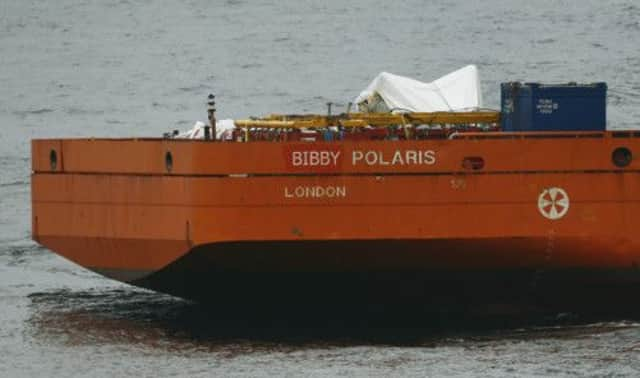Super Puma crash not down to mechanical failure


In a special bulletin, issued today, AAIB investigators have revealed that, to date, they have uncovered no evidence of a “causal technical failure” in the CHC-operated Super Puma AS332L2 helicopter at the centre of the Sumburgh Head disaster.
But detailed investigations, including analysis of the cockpit flight data recorder, recovered from the crash scene last week, are continuing at the branch’s headquarters in Farnborough.
Advertisement
Hide AdAdvertisement
Hide AdLast week the Civil Aviation Authority backed the controversial decision to allow flights of Super Pumas over the North Sea to resume and said there was no evidence to suggest the Sumburgh Head disaster had been caused by “an airworthiness or technical problem.”
The British aviation regularity authority described the decision of the oil industry’s helicopter safety group to allow Super Pumas to take to the skies again as “appropriate.”
A special bulletin, issued by the AAIB, appears to confirm the CAA claims.
It states: “To date, no evidence of a causal technical failure has been identified. However, detailed examination of the CVFDR (combined voice and flight data recorder) and the helicopter wreckage is continuing.”
Duncan Trapp, vice president of safety and quality at CHC Helicopters said the AAIB bulletin appeared to confirm that the disaster had been caused by an “isolated event” which was not related to technical issues with the aircraft.
He said: “We have received the update from the UK Air Accident Investigation Branch. It confirms that the available information continues to indicate that this tragic accident was an isolated event and no technical failure has been identified”
He said “CHC people are continuing to help those involved in the accident, support investigations led by the AAIB and Police Scotland, and understand and meet the needs of our customers. We are dedicating resources to keeping customers and passengers informed, and we are working with customers and industry safety groups to answer questions coming from the offshore community.
“In the UK, we are returning to normal operations with AS332L, AS332L1 and EC225 aircraft and working with our customers on resuming service with the AS332L2. The L2 is already in service in other parts of the world.”
Advertisement
Hide AdAdvertisement
Hide AdMr Trapp added: “Our thoughts remain with the loved ones of those lost in the accident and with the passengers and crew - and we continue to provide whatever support is needed.”
A spokesman for the helicopter’s manufacturer, Eurocopter, said: “We are aware the bulletin has been issued and we will continue to support and help the investigation as much as possible.”
He added: “The findings confirm that the helicopter ‘was intact’ upon striking the sea, as previously suggested, and ‘both engines were delivering power until impact.’”
Sarah Darnley, 45, from Elgin, Gary McCrossan, 59, from Inverness, Duncan Munro, 46, from Bishop Auckland, and George Allison, 57, from Winchester, lost their lives when the helicopter went down close to shore on a flight to Sumburgh from the Borgsten Dolphin rig on 23 August.
The Air Accidents Investigation Branch (AAIB) said the investigation was ongoing.